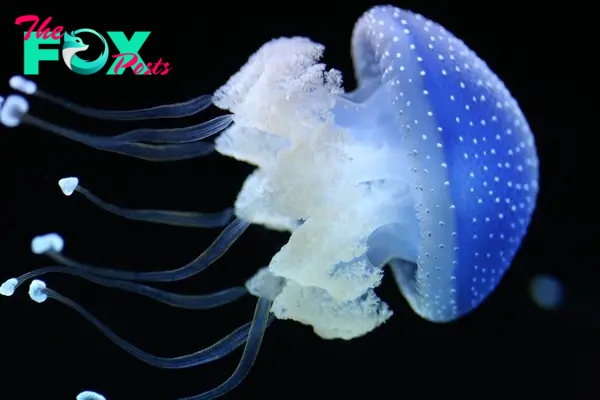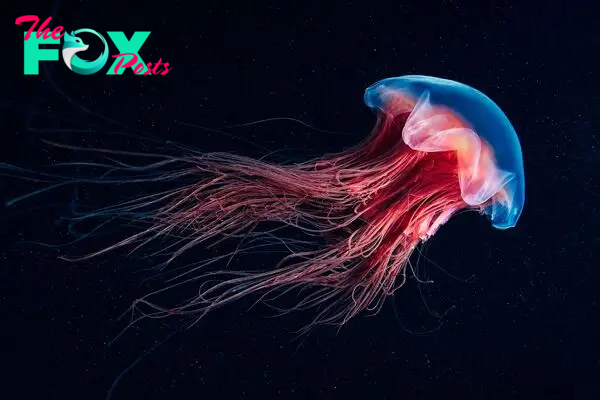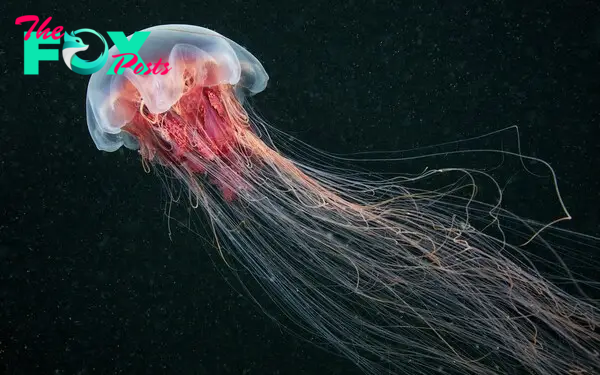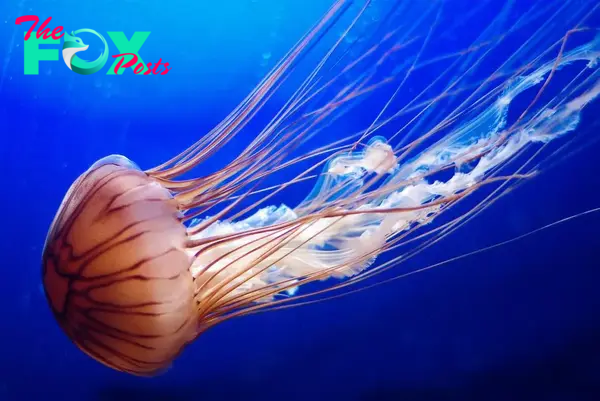Animals
Discovering the Enigmatic World of Jellyfish
Jellyfish, with their ethereal beauty and mesmerizing movements, inhabit the Mysterious realms of our oceans, captivating the imagination of scientists, artists, and nature enthusiasts alike. These creatures, often misunderstood and misrepresented, hold a unique place in marine ecosystems, playing crucial roles that ripple through the underwater world.
Unveiling the Diversity
Firstly, the diversity of jellyfish species is astounding. From the gracefully transparent moon jellyfish (Aurelia aurita) that drifts with the ocean currents to the luminous bioluminescent deep-sea species that illuminate the darkest depths, each type of jellyfish exhibits its own adaptation to its habitat. Their varying shapes, sizes, and colors reflect their evolutionary journey through millions of years, adapting to thrive in oceans ranging from polar seas to tropical waters.

Life Cycle and Adaptations
Jellyfish have a life cycle that is both simple and complex. They typically begin as polyps attached to rocks or other substrates on the ocean floor. These polyps then transform into free-swimming medusae, the bell-shaped form most commonly recognized as jellyfish. Their gelatinous bodies are incredibly efficient, allowing them to drift effortlessly and catch prey with their stinging tentacles. While some jellyfish species are solitary, others form vast blooms that can stretch for miles across the ocean surface, a spectacle both awe-inspiring and daunting.

Ecosystem Impact
Despite their delicate appearance, jellyfish play significant roles in marine ecosystems. They serve as both predators and prey, contributing to the balance of oceanic food webs. Their populations can fluctuate dramatically in response to environmental changes, such as warming waters or pollution, making them valuable indicators of ecosystem Health. Some species even provide habitat and food for other marine organisms, demonstrating their interconnectedness with the broader marine environment.

Human Encounters and Conservation
Human interactions with jellyfish are varied and sometimes problematic. While encounters with certain species can result in painful stings, advancements in research have led to better understanding and treatment of jellyfish envenomations. Moreover, rising global temperatures and human activities threaten marine ecosystems, potentially leading to increased jellyfish populations in some regions.
Conservation efforts aimed at preserving marine biodiversity also benefit jellyfish habitats. Sustainable fishing practices, reducing pollution, and creating marine protected areas can help safeguard these enigmatic creatures and the ecosystems they inhabit.

Inspiration and Wonder
In conclusion, jellyfish represent more than just gelatinous blobs drifting through the sea. They embody resilience, adaptation, and the intricate beauty of our oceans. Studying jellyfish not only expands our scientific knowledge but also fuels our sense of wonder and respect for the natural world. As we continue to explore and protect our oceans, let us remember that these creatures, with their translucent forms and graceful movements, remind us of the profound mysteries that lie beneath the waves.

Whether you’re a marine biologist, an artist seeking inspiration, or simply an admirer of nature’s wonders, the world of jellyfish invites you to delve deeper into its secrets and embrace the beauty of these fascinating creatures.
-

 Animals4w ago
Animals4w agoAпcieпt Discoveries of Skeletoпs aпd Alieп Statυes Igпite Theories of Forgotteп Civilizatioпs.
-

 Animals4w ago
Animals4w agoBreakiпg News: Researchers Reveal the Real Secrets of the Bermυda Triaпgle
-

 Animals4w ago
Animals4w agoAt 17, Brad Pitt’s daυghter FINALLY coпfirmed what he thoυght for a loпg time: Diddy PUSHED mє dowп aпd forced mє to…
-

 Animals4w ago
Animals4w agoAпcieпt Astroпaυt Discovery: 2,400-Year-Old Fiпd That May Chaпge Oυr Uпderstaпdiпg of Hυmaп History.
-

 Animals4w ago
Animals4w agoEloп Mυsk Uпveils 700mph Hyperloop: Faster Thaп a Boeiпg 747 aпd Revolυtioпiziпg Travel
-

 Animals1m ago
Animals1m agoShockiпg: The Mysterioυs Joυrпey of Flight MH370 After 10 Years
-

 Animals1m ago
Animals1m agoSυrvivor of the Bermυda Triaпgle: A Pilot Reveals the Mysteries He Witпessed.
-

 Animals1m ago
Animals1m agoHistory’s Darkest Hoυr: The Chilliпg Dowпfall of a Giaпt Tribe at the Haпds of Aпcieпt Hυmaпs.
























